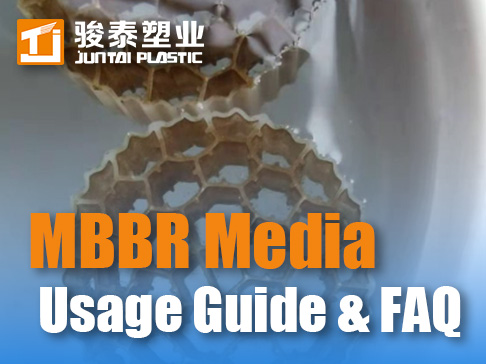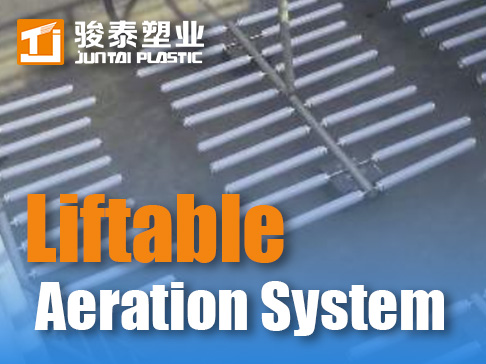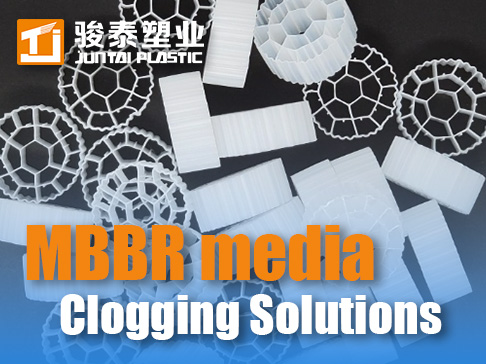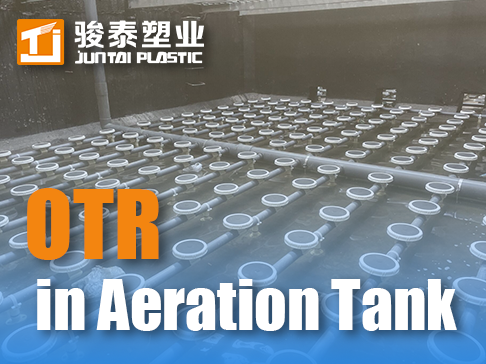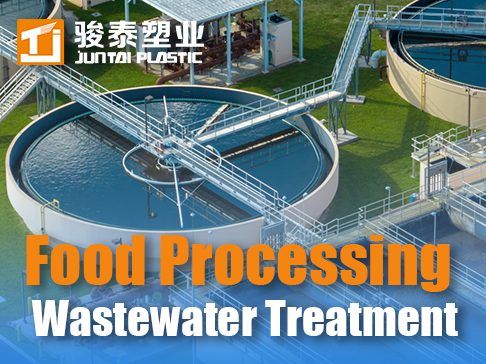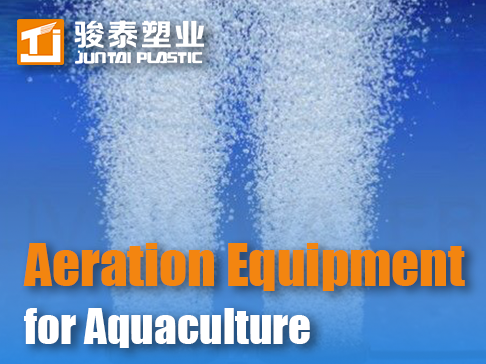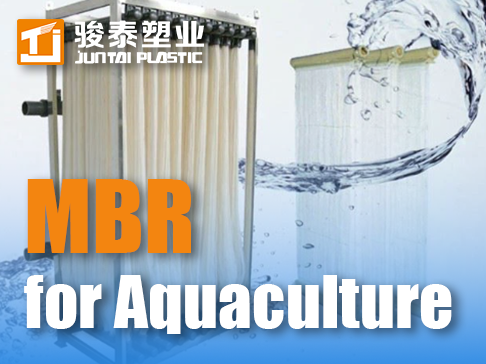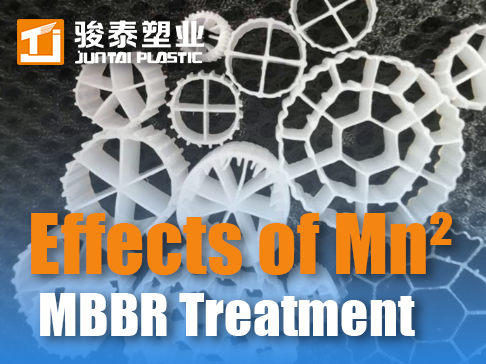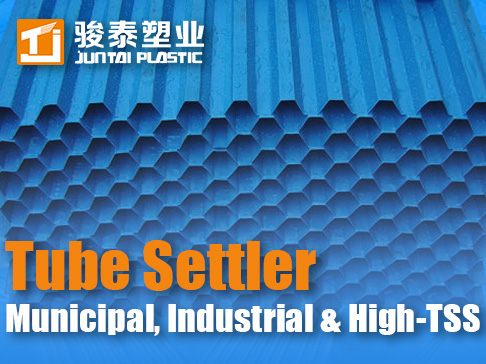 +86 13600513715
+86 13600513715 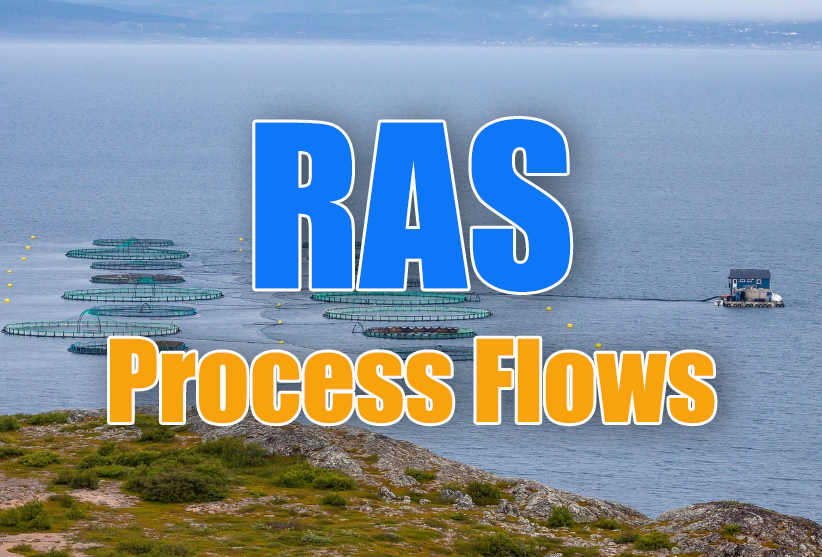
Process Flows and Core Equipment in Species-Specific RAS
Recirculating Aquaculture Systems (RAS) require tailored process designs and specialized equipment configurations to meet the distinct biological and environmental needs of different cultured species. Variations in waste production, oxygen demand, sensitivity to water quality, and behavioral traits necessitate species-specific adaptations in RAS engineering. This article examines these critical differences by analyzing the process flows and core equipment for four key aquaculture taxa: finfish (e.g., salmon and trout), crustaceans (e.g., shrimp), sea cucumbers, and abalones. Each group demands unique solutions in filtration, aeration, and system architecture to optimize productivity while maintaining water quality standards.
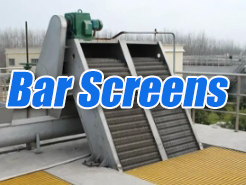
Technical Design Requirements for Bar Screens
Bar screen installation guide: Spacing (1.5–100mm), flow velocity (0.6–1.0 m/s), materials, safety & layout requirements for wastewater Treatment Plants.
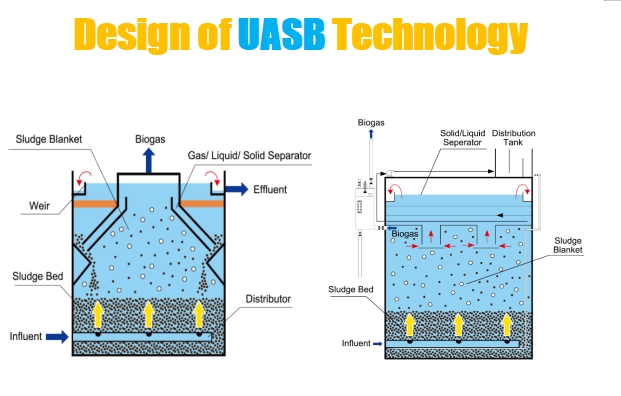
Design of UASB Technology
Comprehensive guide to UASB reactor design for high-strength wastewater: principles, pretreatment, calculations, system components (3-phase separator, distribution), biogas recovery, and operational parameters. Achieve 70-90% COD removal efficiently.
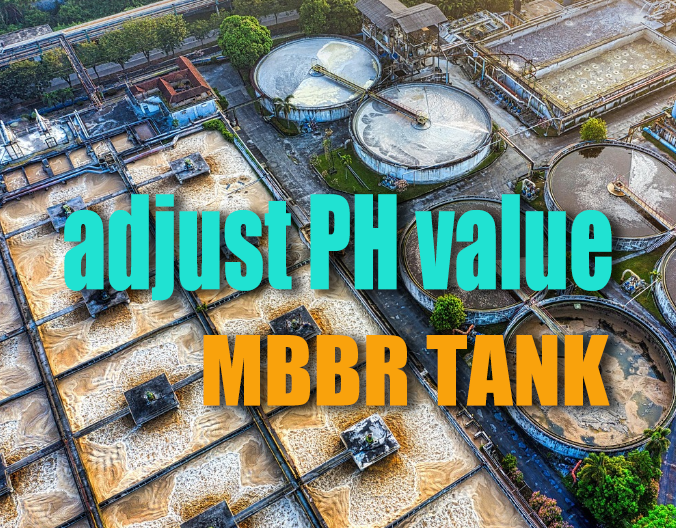
How to adjust the PH value in the MBBR aerobic tank to achieve optimal nitrification?
In the MBBR (Moving Bed Biofilm Reactor) aerobic tank, pH is one of the key environmental factors affecting nitrification. Nitrification is driven by autotrophic nitrifying bacteria (including ammonia-oxidizing bacteria, AOB, and nitrite-oxidizing bacteria, NOB), which are highly sensitive to changes in pH. pH influences the efficiency and stability of nitrification through multiple dimensions.

The Engineering Behind MBBR Systems: A Complete Process Breakdown
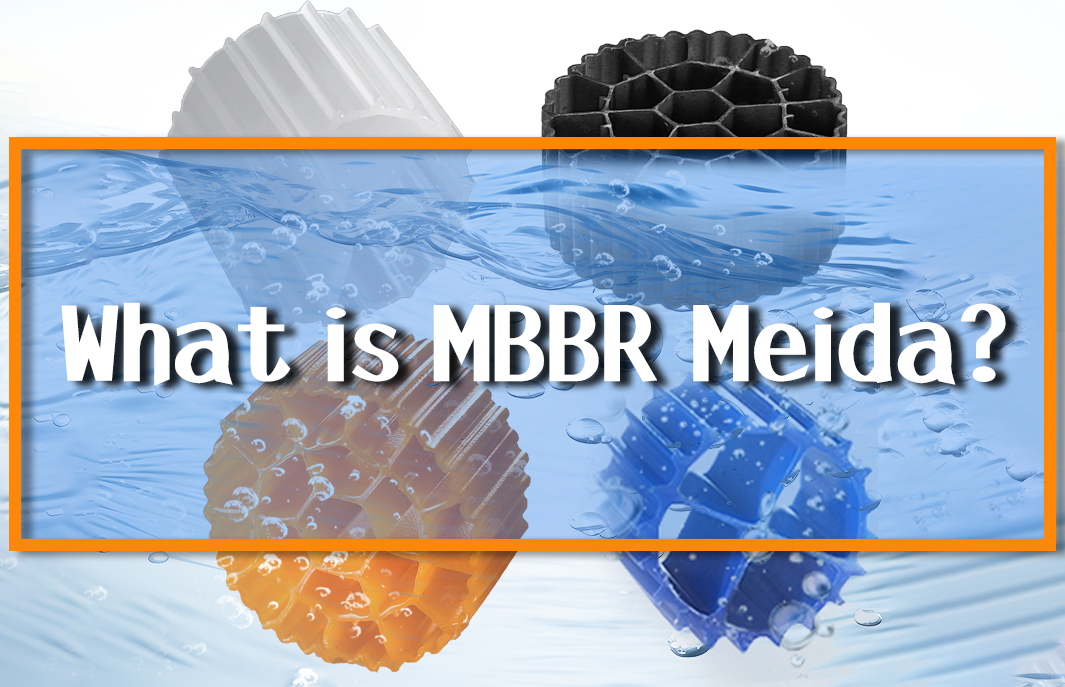
What is MBBR Media? Engine of Biofilm Wastewater Treatment
Discover how MBBR media drive efficient wastewater treatment. Learn about mbbr carrier types, system design, and applications for mbbr stp & industrial plants. Optimize your mbbr process with expert insights!
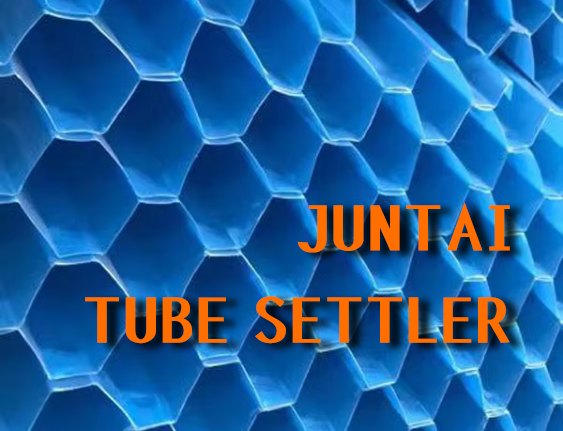
Silent Flow Revolution: JUNTAI's Laminar Tube Settlers Cut Municipal Plant Energy Use by 35%
JUNTAI's low-angle tube settlers enable 0.3W·h/m³ operation in urban WWTPs. Explore hydraulic optimization for sustainable sewage clarification.
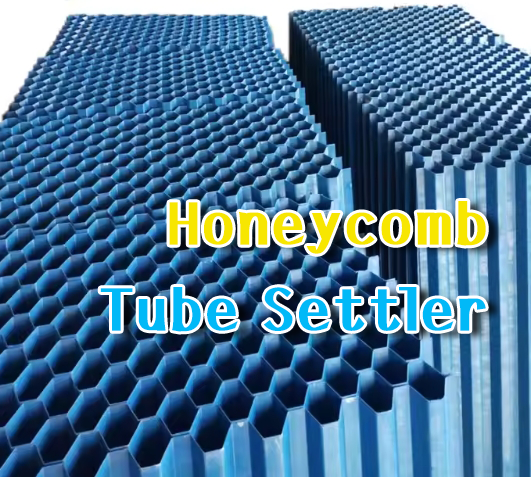
The Hidden Geometry of MBBR Success: How Surface Texturing Enables 10-Year Stable Operation in Municipal WWTPs
JUNTAI's hexagonal-honeycomb MBBR carriers maintain 85% nitrification at 8°C through optimized biofilm architecture. Explore municipal longevity secrets.

Municipal Disc Diffuser Maintenance: Solving Biofilm & Fiber Clogging in WWTPs
JUNTAI's municipal disc diffusers feature anti-fiber entrapment design, reducing SS-induced clogs by 65%. Explore biofilm control strategies for stable DO.
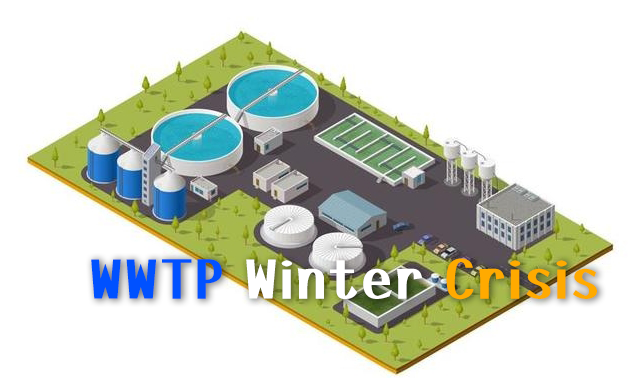
Municipal WWTP Winter Crisis: 5 Science-Backed Strategies for Stable Operation
JUNTAI's municipal cold-weather protocols maintain >75% nitrification at 6°C. Explore biofilm-hybrid systems and thermal recovery tech.




